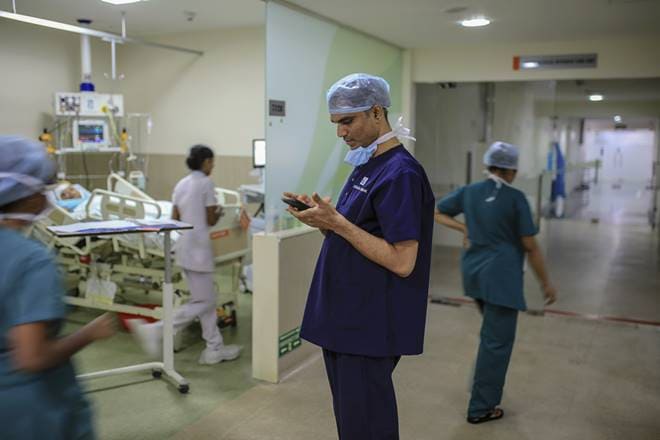Medical tourism in India has turned out to be a lucrative source of earnings for the Indian economy with the total number of inward medical tourists doubled in a span of just three years to 2017. Around 22 per cent arrivals from West Asia was for medical purposes, followed by 15.7 per cent from Africa, according to the Indian Tourism Statistics, 2018 report. The sector has performed well in the last decade by getting adequate promotion from the government’s side as well. The Indian government had stated in its National Health Policy, back in 2002, that medical tourism is considered to be a deemed export and it has been given fiscal incentives, including lower import duties, prime land at subsidised rates and tax concessions.
To make it easier for the medical tourists to visit India, the government has also allowed an e-Medical Visa for the foreign nationals, with which they may undertake medical treatment including treatment under Indian systems of medicine, according to the Ministry of Home Affairs. The medical tourism markets of Singapore, Dubai, India, Thailand, and Malaysia should be considered as the first wave of Asian medical tourism, suggests a report by the Directorate for Employment, Labour and Social Affairs, OECD.
Does medical tourism raise treatment cost for Indian patients
However, there have been various accusations that in some countries private-sector medical tourists may be accumulating medical resources and taking healthcare services and personnel away from the local population.
“Almost 80 per cent of the hospital beds in India are in the private sector. Even unwillingly, patients have to depend on the private hospitals for their treatments as the waiting time in government hospitals such as AIIMS is too long. On the other side when the private hospitals are looking for more and more medical tourists for higher profits, it becomes difficult for the Indian patients,” Dr Harjit Singh Bhatti, Former President, RDA, AIIMS, told Financial Express Online.
The government must enhance public sector to take care of poor Indian patient who gets neglected due to costly private healthcare, Dr Harjit Singh added.
#India???????? is increasingly becoming a leading #medical destination with an increase in medical tourists over the last 3 years. Learn more! #Health#MedicalTourism@MoHFW_INDIA@tourismgoi@incredibleindiapic.twitter.com/UnLOpJNnwy
— Confederation of Indian Industry (@FollowCII) October 21, 2019
To provide free health care to the extent of 20 per cent of resources, regular checks are also carried out so that the private hospitals in India deliver responsibility under the Public Trust Act.
“Price band for foreign and Indian patients are different and even among the Indian patients, the price bands are divided among three categories, viz A, B and C. A being the band reserved for patients of relatively lower-income groups; B band where the patients avail facilities such as Central Government Health Scheme (CGHS); and band C, which is smaller, where the patients pay the entire treatment fees in cash, Dr Neha Singh, Physiotherapist, Max Hospital, Delhi, told Financial Express Online.
There are 10-15 per cent bed reserved for the patients in band A and appropriate measures are taken to make the Indian patients avail such medical facilities, Dr Neha Singh added.
Chances of infections in migrating in and out of different ecosystems
Medical travellers may be travelling from home to countries with very different ecosystems and disease profiles, and in some destinations may encounter diseases such as malaria, dengue and other arthropod-borne infections, said a report by OECD. The report also suggests that all people, whether medical travellers or not, who are travelling to different countries should be made aware of the potential for acquiring diseases and injuries which are not common in their own countries and immunisations, preventative medications and general precautions should be considered and arranged for prior to the trip overseas.

